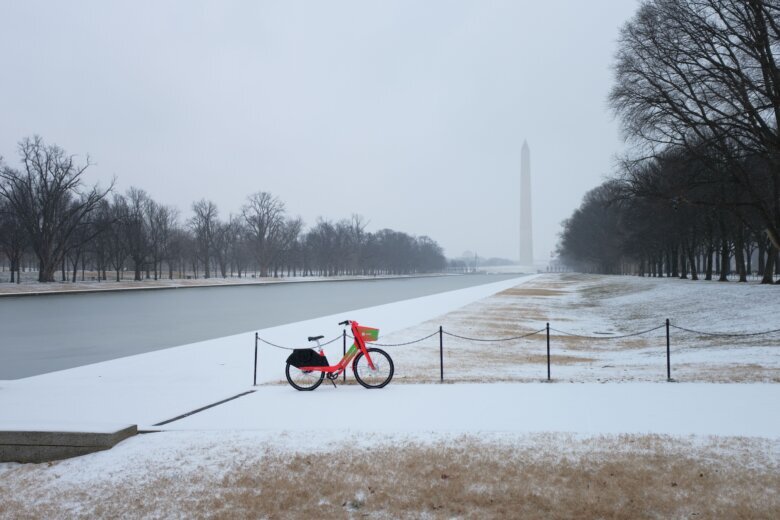
Believe it or not, winter is not that far away. In preparation for those colder months, the National Oceanic and Atmospheric Administration has released its predictions for what the D.C. region might be expecting when it comes to winter weather.
And the prediction is that we could see more precipitation.
“During the time frame between December and February, which are the winter months, precipitation would be slightly above average,” said 7News First Alert meteorologist Mark Peña.
He said to keep in mind this isn’t necessarily snow, and could be both wet and frozen precipitation.
“It’s going to be in the form of both liquid and frozen form,” Peña said.
What about the kind of temperatures we can expect? Peña says they could also be slightly above average.
“We could see some mid to upper 30s to mid to upper 40s during this time frame,” he said.
What do those temperatures mean for our winter?
“It could be the deciding factor on whether we get a snowstorm or an ice storm,” Peña said.
He said to note that the outlook is for the months of December through February, which is not usually the time that the D.C. area sees a lot of precipitation.
“Keep in mind, our winter months are the driest season of the year, so again, take this with a grain of salt. This is more of an outlook and not a forecast,” Peña said.
The winter weather outlook says that it’s the first time in four years that there’s an El Nino in place heading into winter, which can cause warmer than average temperatures in the northern states, which includes the D.C. area.
Looking to travel this winter? The outlook says wetter than average conditions are most likely in northern Alaska, some areas of the West from parts of California to the south-central Rockies, the southern Plains, Gulf Coast, Southeast and lower mid-Atlantic.
The drier than average conditions are expected in areas of the northern Rockies and central Great Lakes region, especially for Michigan and northern Ohio and Indiana.









